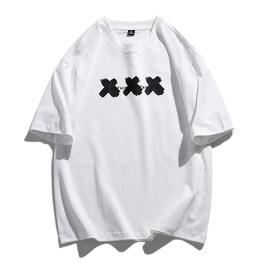When we buy clothing, it is very important to understand the basics of clothing fabrics. The following is some in-depth knowledge about clothing fabrics to help you master the basic knowledge easily:
1. Functional fabrics: Some fabrics are designed and manufactured to meet specific needs. functional requirements. For example, waterproof fabrics can be used for outdoor sportswear, moisture-permeable fabrics can be used for sportswear, UV-resistant fabrics can be used for summer clothing, etc.
2. Natural fibers and synthetic fibers: Fabrics can be divided into two categories: natural fibers and synthetic fibers. Natural fibers include cotton, linen, silk, wool, etc., which are derived from plants or animals in nature. Synthetic fibers are artificial fibers, such as polyester, nylon, spandex, etc.
3. Blended fabrics: Blended fabrics refer to fabrics made of different types of fibers. Blending can give full play to the advantages of different fibers and improve the functionality and comfort of the fabric. A common blend ratio is cotton and polyester, such as 60% cotton and 40% polyester.
4. Fabric texture: The texture of the fabric determines its appearance and feel. Common textures include plain weave, twill weave, satin weave, etc. Different textures will also affect the breathability, softness and gloss of the fabric.
5. Glossiness: The glossiness of fabrics can be divided into glossy, semi-glossy and matte sides. Different gloss levels will bring different textures and styles to clothing.
6. Dyeing and printing: Fabrics can be dyed or printed to add rich colors and pattern effects. Dyeing involves coloring the entire fabric, while printing involves printing a specific pattern on the fabric.
7. Fabric maintenance: Different fabrics require different maintenance methods. Some fabrics require dry cleaning, while some fabrics can be machine washed. When purchasing clothing, you should pay attention to the care instructions on the fabric label.
The above is a brief introduction to the common sense of clothing fabrics. Understanding these basics can help us make smarter choices when buying clothing and take better care of our clothing. At the same time, you can also choose clothing fabrics suitable for different occasions and seasons by understanding the characteristics and functions of fabrics to improve wearing comfort and fashion.









